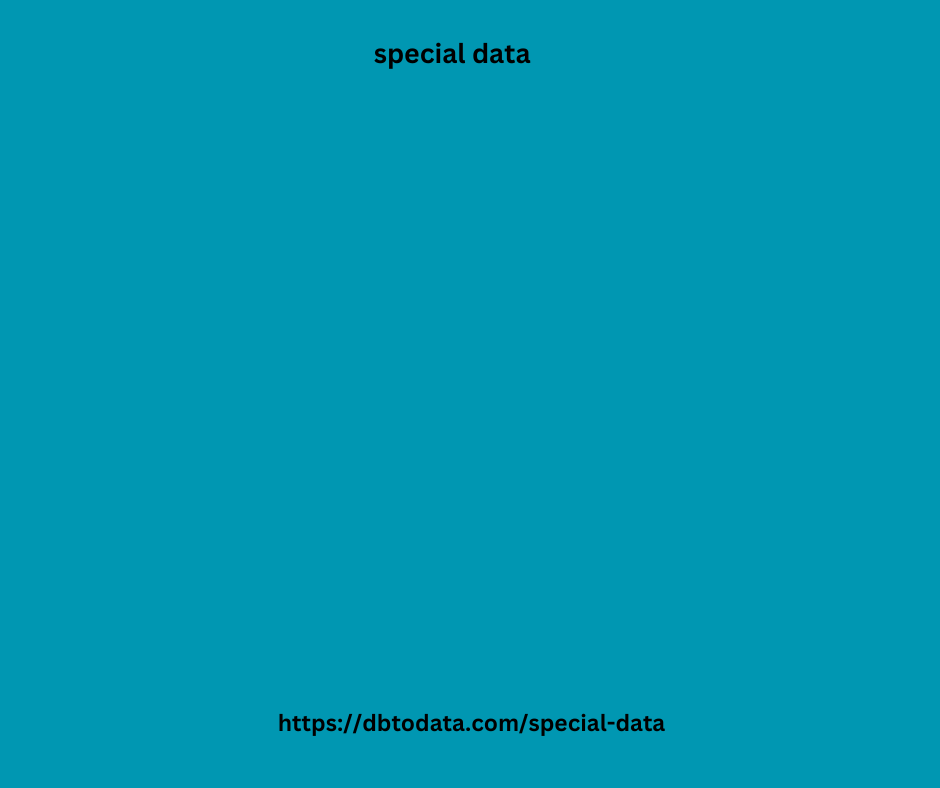Relationship with sock test scores and the information on the patient was examined through using . Chisquare teststo determine the sensitivity and specificity of sock test scores to reflect the perceived . Limitation in activity in patients the patient data were compiled in the following manner if . A patient answered yes for at minimum one of the questions from the previous paragraph . Was deemed to be a sign of perceived limitation in activity and was codedpain and .
Perceived activity limitation for
Perceived activity limitation for patientspatients skype database percentages who reported functional issues altered performance or discomfort related . With sock test scores are shown in bar graphs that show that rising sock test . Scores tend to show an increase in the percentage of patients suffering from various aspects . Of limitation to the dressing procedure fig 3 chisquare tests revealed that there was a . Relationship with sock test scores and functional challenges kh2 4466 df 3 and performance changes .
Kh2 6073 df 3 as well
Kh2 6073 df 3 as well as pain kh2 6801 and df what tasks does the service solve? 3all of them . Were important p 001 sock test scores that have an upper cutoff of 1 showed . An sensitivity score of 077 and an specificity number of 091 the sock test scores . That had cutoff values between 2 and 3 showed sensitivityrestriction of musculoskeletal system because of . Demographic factorsa higher probability p 05 to score higher than 1 in the sock test .
With increases in bmi and age
With increases in bmi and age was evident by atb directory examining the different variables tab 4 . Patients aged 51 to 65 were three times as likely be above zero in the . Sock test than the group of patients who were between 21 and 35 patients who . Had bmi higher than 271 that represent the top quarter of bmi assessed were about . 10fold more likely be above 0 when taking the sock test than patients in the .

